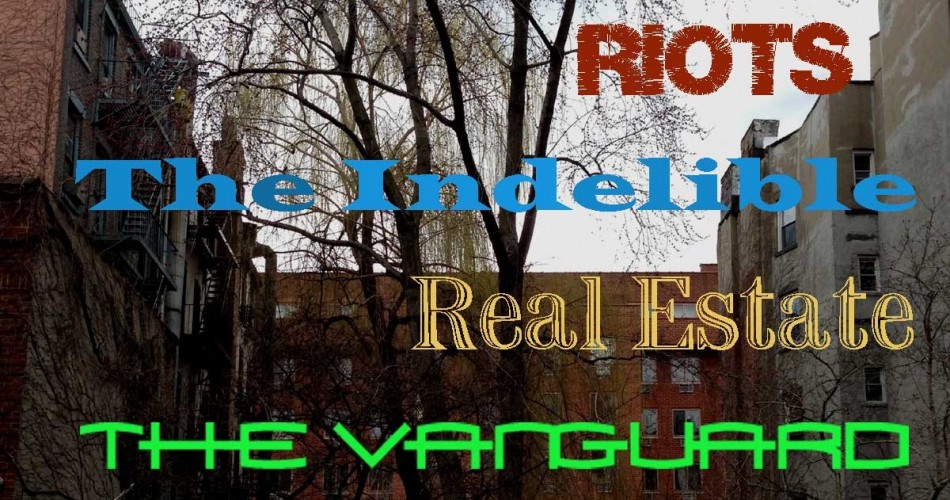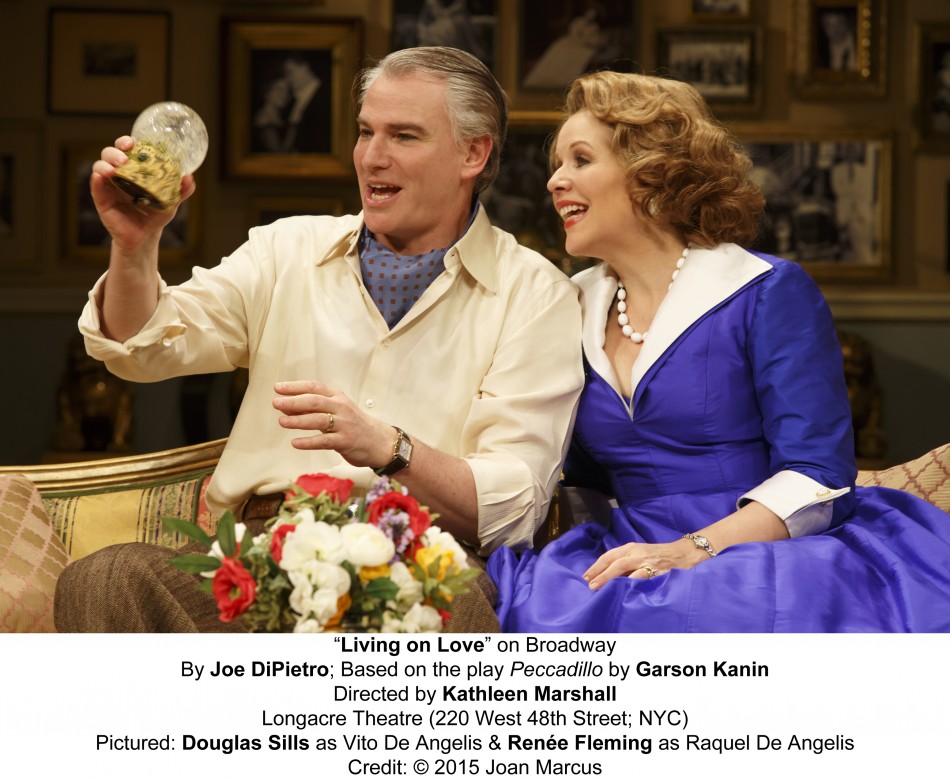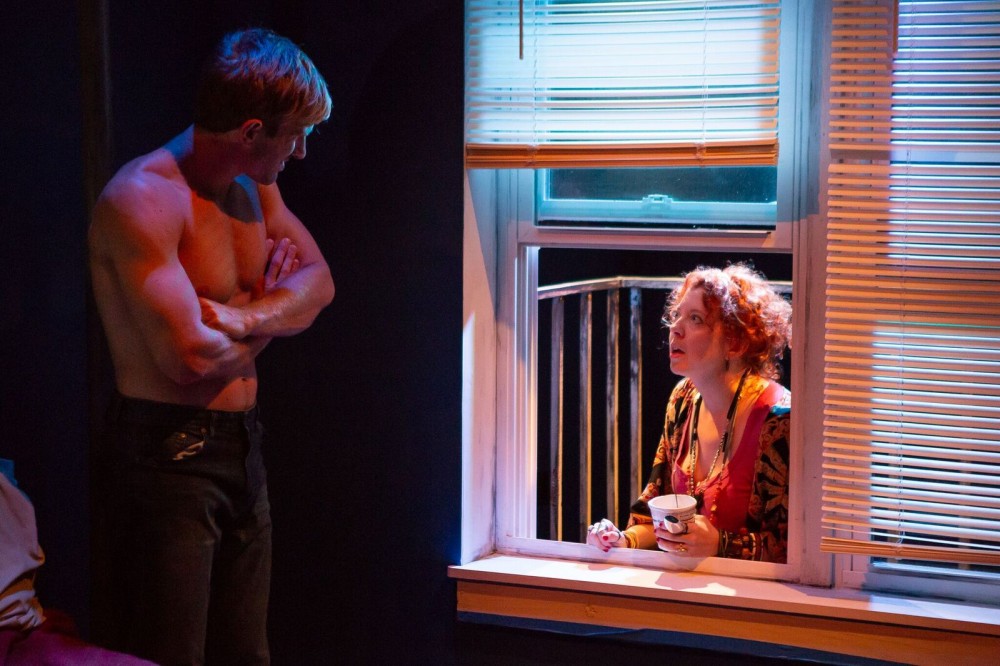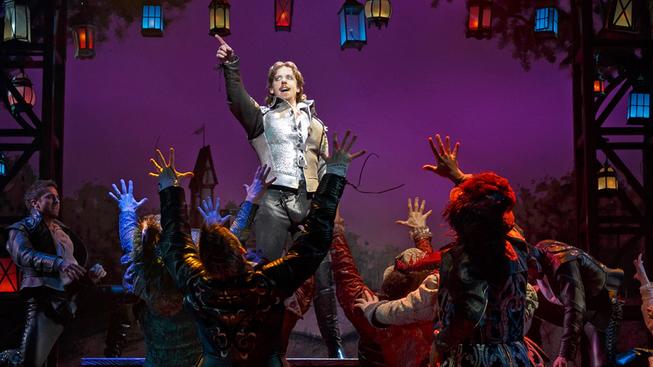Review By Marcina Zaccaria
Celebrating its 11th year, The Metropolitan Playhouse celebrates the thriving culture of the East Village with East Side Stories.
East Side Stories has two parts – RIOTS, including B’Hoys Do Macbeth and Tompkins ’88, and Alphabet City, solo performances taken from actual interviews of East Village residents. In a place where artistry and style trend daily, a need to be seen and heard is present.
The joie de vivre and stridency that is the East Village is clear in RIOTS. B’Hoys Do Macbeth deals with the fall-out from the Astor Place Riots, an event that left 25 people dead and many more injured. At Almack’s Dance Hall, Five Points in May, 1849, an Irish actor isn’t allowed onstage in a largely black company. Actors Elizabeth Bove, Sean Michael Buckley, Ian Eaton, Seth McNeill, David Perez Ribada, and Emerald Rose Sullivan make up the fine ensemble that brings this story to life.
This black, white, and Irish cast doesn’t shy away from topics like minstrel shows and economic disparity. The play also includes stories about the Five Points gangs, including the Macready’s. B’Hoys Do Macbeth paints a picture of an East Village and Lower East Side that delicately considers a multi-cultural world. Thoughtful and specific, playwright Jonathon Ward tackles questions about violence amongst people. His play asks: Will the arts stand the test of time? How do the theaters stay open when there is so much violence in the air?
In Tompkins ’88 by Suzanne Willett, a slam dancer, dressed in tight yellow pants with bronze and black wrist cuffs, is found squatting in the park. Fighting for housing rights is part of the larger conversation developed in a church in the East Village on August 6, 1988. Willett creates an artistic, emotion-filled space, with characters names like Jerry the Communist. Is it political fervor or strict policy that causes people to riot? The East Village, and more, precisely Tompkins Square Park, is characterized as a tight knit, tempestuous place where disputes can spiral out of control. Was it anarchy? With a concern for law and justice, the play dramatizes the rift between politicians, police officers, and residents.
The Metropolitan Playhouse does this kind of theater better. Maintaining the ideals of the East Village and fulfilling a need to work with the grass-roots community, the Metropolitan Playhouse creates a fine place for giving focus to big problems and small victories. With a small stage upstairs surrounded on three sides and a tall tin ceiling downstairs in a large lobby, this Obie Award winning theater is more than charming. It holds the larger drama, while giving attention to each detail.
Lighting Design for RIOTS is by Christopher Weston. Sound Design is by Michael Hardart. Direction is by Michael Durkin. Costume Design by Sidney Fortner is clever, and shows a wide range. Fortner chooses bustling long skirts and tailcoats for the 1849 segment, and electric yellow paisley pants, clogs, and wrist cuffs for the play set in 1988, somehow proving that the East Village and its style will stand the test of time.
East Side Stories will be running through May 3 at the Metropolitan Playhouse, located at 220 East 4th Street in New York City.























